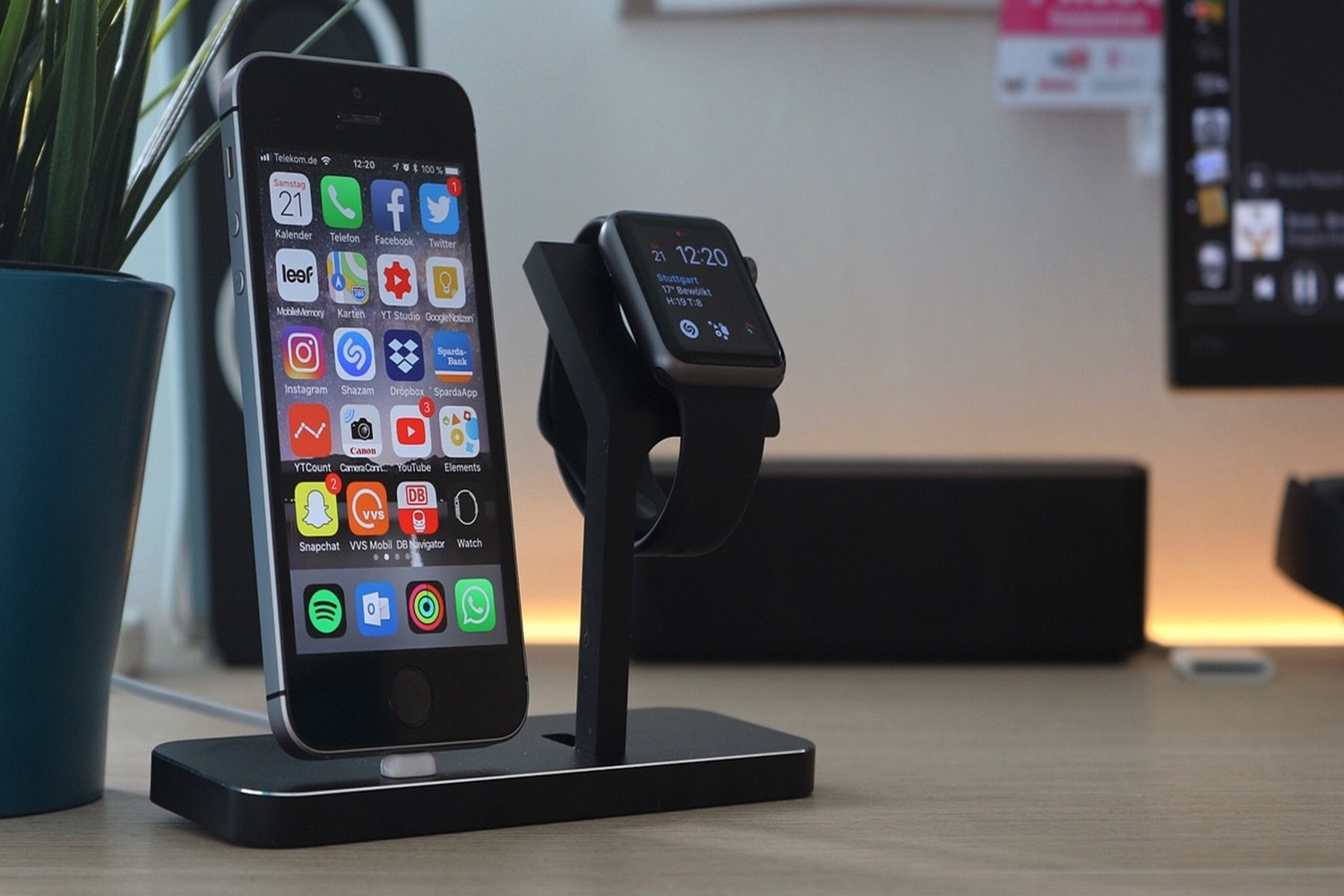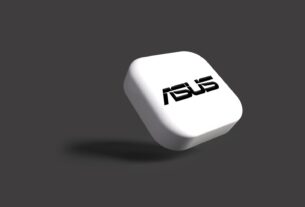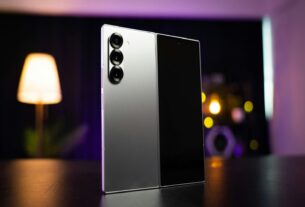The iPhone SE (1st Gen) could seem like a relic from a bygone era in the fast-changing world of cell phones. Originally revealed in March 2016, this small device was designed to offer the power of the iPhone 6s in a more fairly priced compact. It raises the question: given technical advancements galloping ahead and younger models flooding the market, is the iPhone SE (1st Gen) still viable and competitive in 2024?
Design and Build: Classic Attractiveness
Buried in a sleek metal casing, the 4-inch Retina display of the iPhone SE (1st Gen) preserves style evocative of the iPhone 5s. Though its dimensions seem small in relation to the more contemporary telephones, those who enjoy smaller devices will find appeal in its simplicity. A small clientele in a time when many phones now reach six inches still finds the mobility and simplicity of the iPhone SE appealing with one hand.
Still, the design shows certain age. Comparatively to modern full-screen designs, its less appealing due to the thick bezels and narrow screen-to—–body ratio. Still, many users like the SE’s strong build and light weight for their simplicity of handling and longevity.
Performance: A Testament to Apple’s Longevity
The core of the iPhone SE (1st Gen) is the Apple A9 chip, a strong CPU upon release. The A9 processor, however well than ten years old, still runs really well for regular use. The SE can handle light users largely engaged in calling, messaging, browsing, and social media without significant slowing down.
Apple’s optimization of iOS ensures that even outdated hardware may perform amazingly; this well-engineered software-hardware synergy benefits the SE. As of 2024, the iPhone SE (1st Gen) is not supported by most recent iOS upgrades as iOS 15 is the latest supported version. This limitation causes some of the security precautions and new features lacking in the most recent iPhone models.
Camera Features: Adequate but Outdated
The rear camera of the first generation iPhone SE is 12-megapixel and the front camera is 1.2-megapixel. These standards fell short presently even if they were competitive in 2016. For simple photography, the back camera offers good photographs under suitable lighting. It lacks, however, the advanced capabilities of more recent models including Night mode, improved optical image stabilization, and high-resolution capacity.
Consumers who provide high importance for outstanding photography and filmmaking could not be satisfied with the SE’s camera. Modern cellphones use advanced picture processing algorithms, higher megapixel counts, and strong camera systems including many lenses producing amazing images.
Charging and Battery Life: An Area of Concern
The battery life of any smartphone is a main issue, hence the first generation iPhone SE falls short here. Although good at launch, the 1,624 mAh battery of the gadget might not hold through a full day of intensive use by today’s standards. The battery’s capacity declines with time; users may consequently find themselves needing more frequent charging.
Furthermore, supported by the SE is just 5W charging, significantly slower than the fast-charging capacity of more modern smartphones. In a time when quick charging and good battery life are much sought for, the SE’s performance could be a serious drawback.
Security and Software: A Crucial Point
One of the primary aspects of relevance of any old gadget is security of its software support. Being not certified for the most recent iOS upgrades past iOS 15, the first generation iPhone SE (1st Gen) does not acquire the most recent security patches and features. This lack of updates especially for users who handle confidential data on their devices could raise security issues.
Conversely, more modern iPhones benefit from continuous upgrades and security enhancements, therefore providing consumers with the newest features and vulnerability protection. Lack of these upgrades on the iPhone SE (1st Gen) may cause major concern for those giving security and software lifespan primary importance.
Market Relevance and Alternatives
Some people looking for a moderately priced, tiny gadget with limited capabilities in 2024 could find the iPhone SE (1st Gen) interesting even now. Those who do not require modern technologies or innovative features will find it fitting. While researching more recent iterations of the iPhone SE or subsequent devices might be wiser for anyone else considering a new device.
The iPhone SE (2nd Gen) and iPhone SE (3rd Gen) offer improved performance, better cameras, and extended software support for consumers seeking an entry-level iPhone experience, therefore making them more realistic alternatives. Furthermore, competing smartphones from different firms have a range of features at varying price ranges, hence maybe offer better value for money.
Finally,
Clearly, modern technology beats the iPhone SE (1st Gen), even if it has some attraction and can still be a handy tool for simple purposes. Its outdated architecture, low performance, and lack of software support position it more as a collector’s item or backup tool than as a competitive participant in the smartphone market of today. Those seeking a stable, modern smartphone experience would be better served considering more recent models.
(Image by Florian Schmucker from Pixabay)
Also read:
Choosing Between Android and iPhone for 2025. A Decision to Make!



